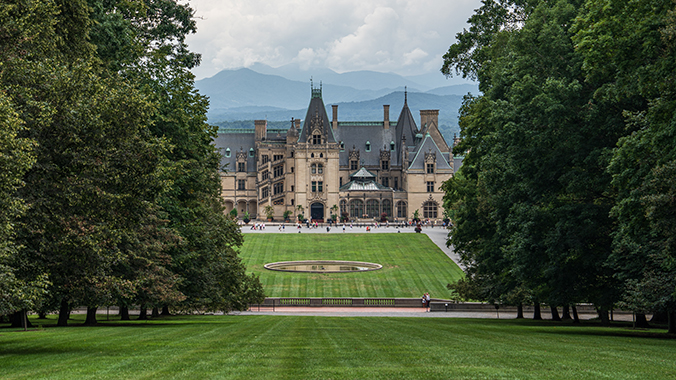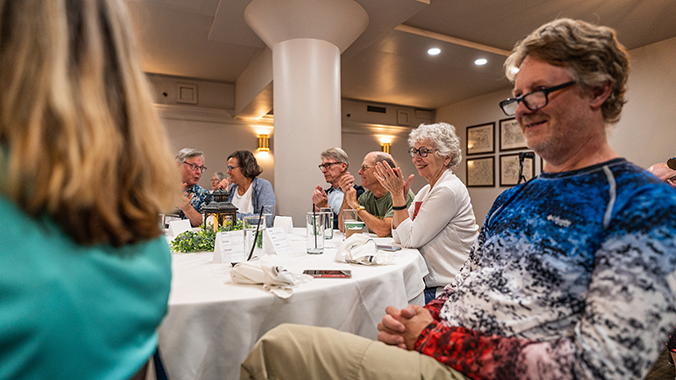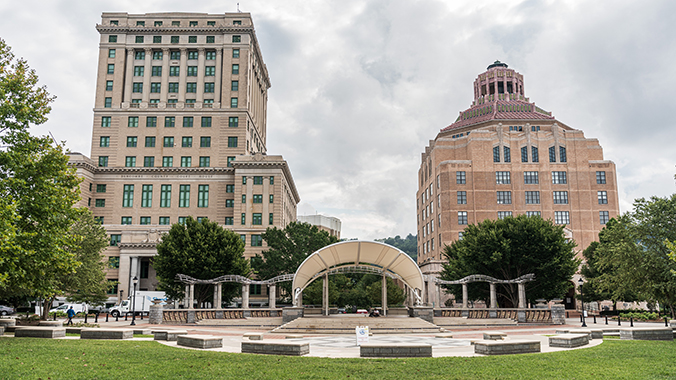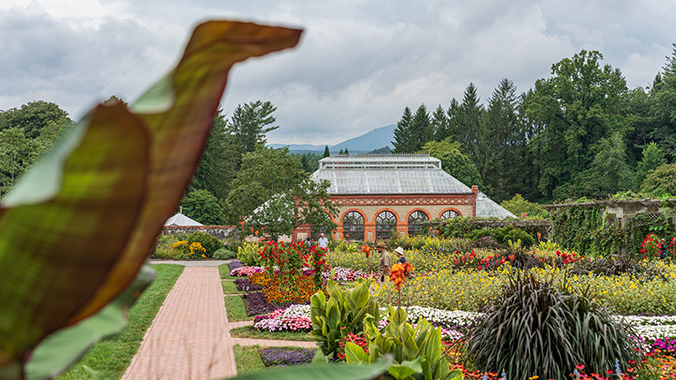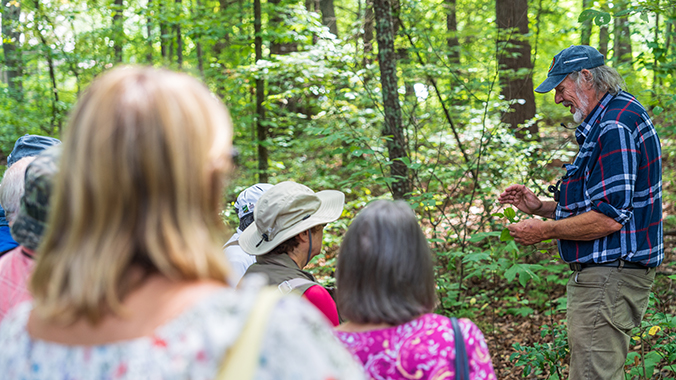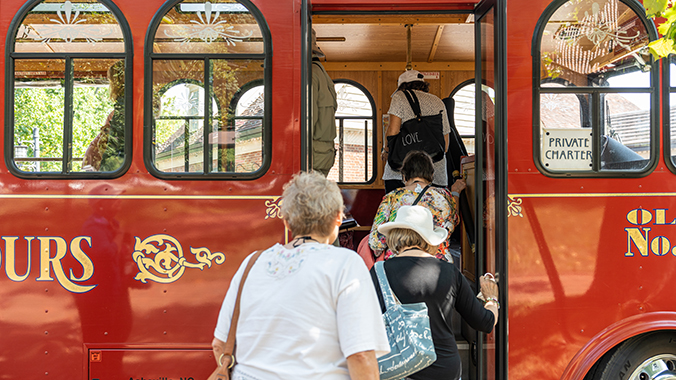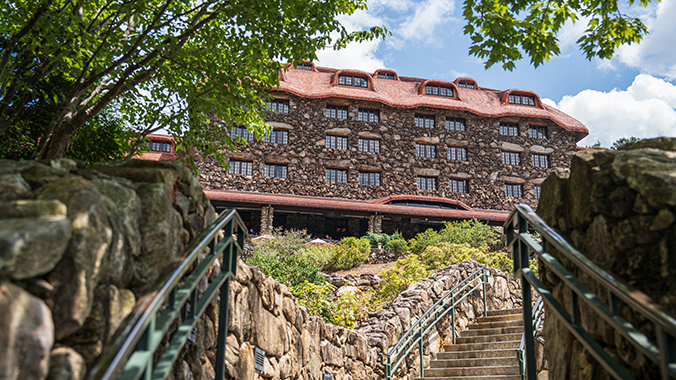Signature City Asheville
- Experience the best of Asheville on a host of field trips, including an expert-led discovery of the chocolate making process from bean to bar in a local factory.
- Enjoy a daylong visit to the magnificent Biltmore Estate with plenty of time to wander through the home and gardens on your own.
- Survey Appalachian history and culture at iconic sites like the Blue Ridge Parkway and renowned downtown landmarks, and dine at the historic Omni Grove Park Inn.


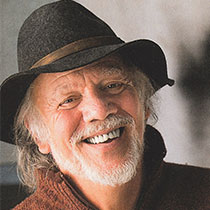



We want your Road Scholar learning adventure to be something to look forward to—not worry about. That’s why we go to the ends of the earth to give you peace of mind, from the moment you enroll until the day you return home.

Road Scholar is committed to the well-being of every participant, whether on a program in the United States or abroad. That’s why all participants are covered under our Road Scholar Assurance Plan, which provides 24-hour assistance in the event of an emergency during your program, as well as insurance for emergency medical evacuation.

Road Scholar is pleased to offer its Trip Protection Plan as a way to protect your program investment. You may purchase this optional trip protection plan when enrolling in your program.

We offset a portion of the emissions created by your travel. Read about our commitment to a more sustainable planet.



